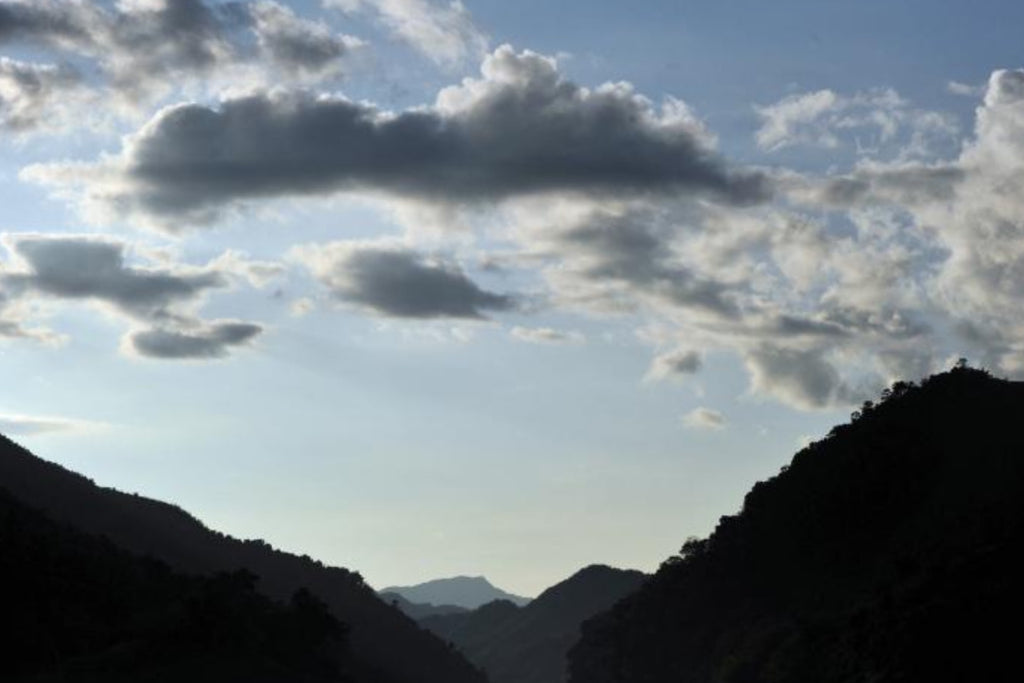Heatwave in Latin America: Brazil suffocates with record temperatures of up to 62.3 degrees Celsius
Sylvie Claire. / March 19, 2024

A record high. The heatwave that has been affecting Latin America since the start of the year pushed the temperature felt in Rio de Janeiro, Brazil, up to 62.3°C degrees Celsius this weekend, while rain threatened in the south of the country.
"Avoid prolonged exposure to the sun. Stay hydrated!" warned Rio's municipal warning system on X, announcing a felt temperature of 62.3°C degrees Celsius at 09:55 local time in Guaratiba, a western district, after 60.1°C the previous day, a record since this type of measurement began in 2014. Rio's western zone is made up of poor, outlying and poorly served neighborhoods, where over 40% of the population of this city of over six million lives.
With an actual maximum temperature of 42°C on Sunday, the felt temperature climbed to the highest level even in the Botanical Garden residential district in the south of Rio, favored with its abundant vegetation and where the felt temperature rose to 57.7°C on Sunday. "We're trying to protect ourselves, to go somewhere more open, with the sea, but we have to do something," confided Rio resident Raquel Correia, 49, in a central park. "I'm very afraid that it's going to get worse, because the population is increasing a lot and deforestation is very high due to the increase in housing," she added.
Rio's emblematic beaches of Ipanema and Copacabana were packed to the rafters on Sunday. Many also took refuge in Tijuca Park, a veritable green lung in the heart of the city.
In southern Brazil, on the contrary, the threat is of rain. Extreme rainfall is set to continue this week, the authorities have warned. "The week will be at high risk of heavy rain and thunderstorms in south-central Brazil," warned the meteorological information agency MetSul on Sunday. "The system of greatest concern is a very intense cold front that will arrive with torrential rains and possible gales," it added.
Some localities in the state of Rio Grande do Sul recorded "exceptionally high" rainfall volumes. Uruguaiana, the worst-hit city in the state, broadcast images of flooded streets and buses half submerged in water. Up to 500 mm of water could fall, according to MetSul, while in February the state of Rio Grande do Sul suffocated in the heat due to an "extreme heat dome" from Argentina.
Experts attribute these extreme phenomena and meteorological instability to climate change and the El Niño phenomenon, which affects the southern cone of Latin America at the height of summer, causing forest fires in Chile. Today's climate has already warmed by around 1.2°C compared to 1850-1900, causing an increase in droughts, floods and heat waves.




